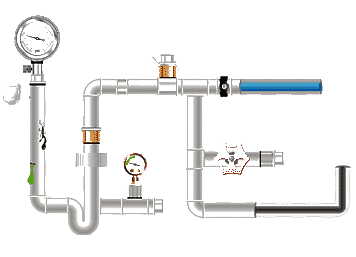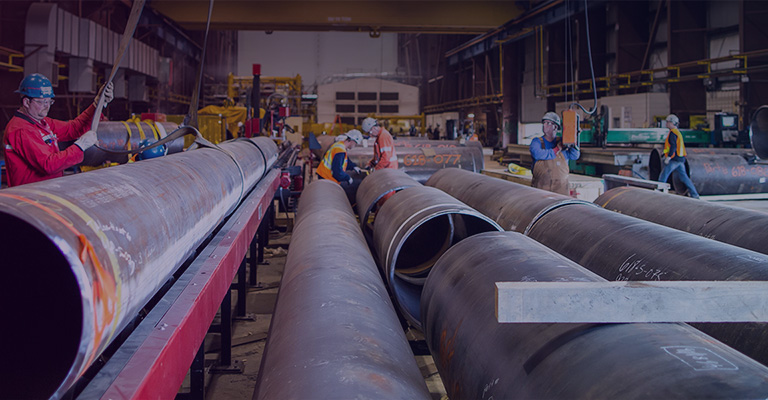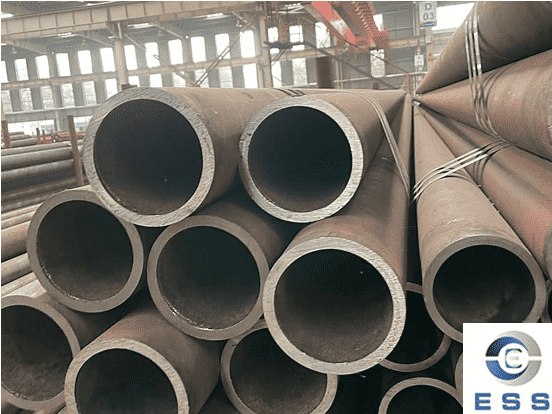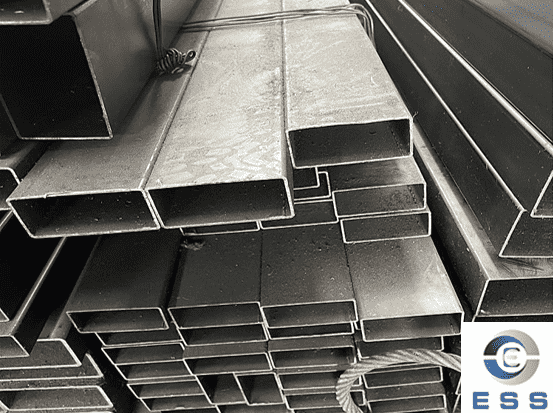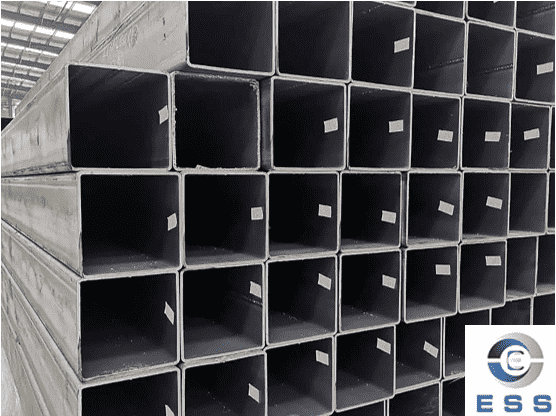Seamless steel pipe is a pipe without
welded joints, typically formed from solid round steel through multiple roll
forming passes.
Because it lacks joints, it offers superior
strength and sealing properties, making it suitable for high-pressure,
high-temperature, low-temperature, or negative-pressure environments. It is
commonly used in the petroleum, chemical, aviation, and aerospace industries.
Welded steel pipes are made by curling steel plates or steel strips and welding them together. A noticeable weld is formed during the manufacturing process, hence the name "seam pipe". It offers high
production efficiency and low costs, and is widely used in construction,
machinery, bicycles, and other fields.
Compared to seamless steel pipe, welded
steel pipe has slightly lower strength and sealing properties due to the weld
seam.
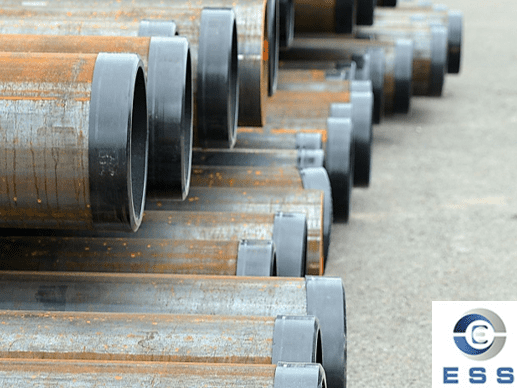
1. Raw Material Cost Difference
Seamless pipe uses round billets (typically
with a diameter 1.5-3 times the outer diameter of the pipe), achieving a raw
material utilization rate of approximately 65%-75% (for example, to produce
seamless pipe with an outer diameter of 108mm and a wall thickness of 6mm, a
billet with a diameter of 162mm is required).
Seam pipes, on the other hand, use steel
plates or strips (the width is the pipe circumference plus weld allowance),
achieving a raw material utilization rate of over 90% (for example, only 340mm
wide steel strip is needed to produce the same specification welded pipe).
Using 20# steel as an example, the price of
seamless pipe billets is 10%-15% higher than that of welded pipe steel plates
(due to the additional forging or rolling steps required).
2. Processing Cost Differences
Seamless
pipe processing requires multiple steps,
including piercing, rolling, and sizing (requiring significant equipment
investment, with a single piercing machine costing over 5 million yuan),
resulting in a processing fee of approximately 800-1200 yuan per ton.
Seam pipes, on the other hand, only
require forming, welding, and sizing (requiring less equipment investment, with
a single production line costing approximately 2 million yuan), resulting in a
processing fee of approximately 400-600 yuan per ton.
For example, to produce 1,000 tons of pipe
with an outer diameter of 219mm and a wall thickness of 8mm, the processing
cost of seamless pipes is 400,000-600,000 yuan higher than that of seam pipes.
3. Efficiency and Scale Differences
The daily output of a seamless pipe line is
approximately 50-80 tons (limited by billet supply), while a seam pipe line
can reach 100-150 tons (continuous production is possible). This scale
advantage results in lower unit costs.
For example, some factories with a seam pipe line with an annual production capacity of 100,000 tons have unit fixed
costs (depreciation and labor) that are 30% lower than those of a seamless pipe
line (with an annual production capacity of 50,000 tons).
Furthermore, special requirements (such as
small batches and non-standard specifications) can exacerbate cost differences:
Seamless pipes require long die change
times (typically 4-8 hours), increasing unit costs by 20%-30% for small
batches. However, welded pipes can reduce costs for small batches through rapid
die changeovers (completed within 30 minutes).
4. Additional Costs
Seamless steel pipes do not require weld
inspection, saving some quality inspection costs, but the raw material (billet)
cost is higher.
Seam pipes require non-destructive
testing of welds (such as ultrasonic testing), which increases quality
inspection costs by 5%-10%, but can be reduced through scaled production.
5. Cost Comparison in Typical Scenarios
|
Application Scenario
|
Seamless Pipe (Reference Price)
|
Seam Pipe (Reference Price)
|
Cost Difference
|
|
Low-Pressure Water Pipe (DN200)
|
Approximately 5,500 RMB/ton
|
Approximately 3,200 RMB/ton
|
Seamless pipe costs 72% more
|
|
Building Structure Support (Q235)
|
Approximately 4,800 RMB/ton
|
Approximately 2,800 RMB/ton
|
Seamless pipe costs 71% more
|
|
High-Pressure Boiler
Tube (20G)
|
Approximately 12,000 RMB/ton
|
No applicable scenario (welded pipe does
not meet standards)
|
-
|
Market Demand and Supply
Due to their high strength, corrosion
resistance, and excellent pressure-bearing capacity, seamless pipes are widely
used in high-end industries such as petroleum, natural gas, chemicals, and
power generation.
These industries have high requirements for
pipe quality and performance. Therefore, market demand for seamless steel pipes
is relatively stable, but supply is relatively limited, resulting in relatively
high prices.
Seam pipes are widely used in a wide
range of industries, including construction, agriculture, and machinery
manufacturing.
Because these industries have relatively
low quality and performance requirements for pipes, the market demand for
welded steel pipe is high. Furthermore, due to the simple manufacturing process
and relatively abundant supply, seam pipe offers relatively low prices.
Selection Guide
For standard specifications (e.g., outer
diameters 57mm-325mm) and bulk orders (≥500 tons),
seamless pipe costs 30%-40% more than seam pipe.
However, in special operating conditions
such as high pressure and low temperatures (where seamless construction is
essential for safety), its cost advantage is outweighed by its performance
advantages, making it the preferred choice.
Summary
The main reasons why seam pipe is generally cheaper than seamless pipe are its relatively simple
production process and lower raw material costs. When selecting pipe material,
it's important to consider the specific project requirements, budget, and
performance needs. Only by choosing the right pipe material for the right
application can you ensure project safety and reliability.









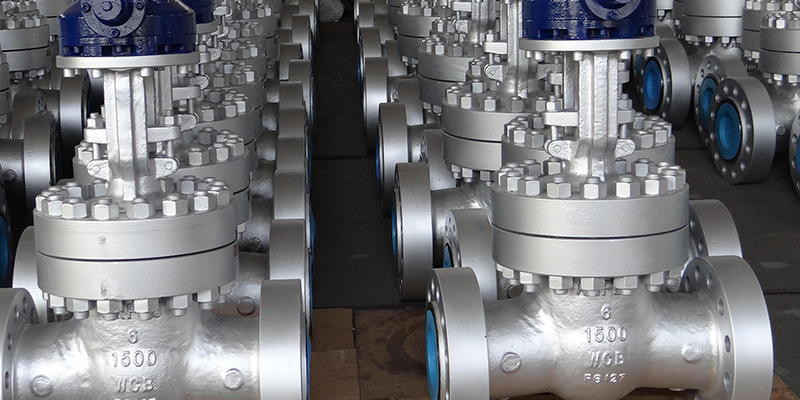
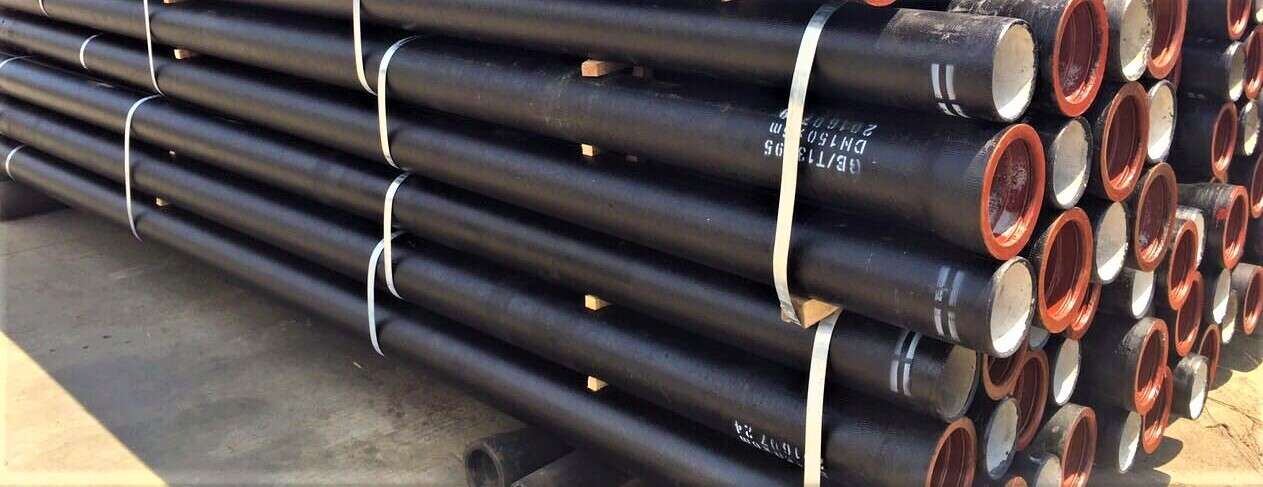


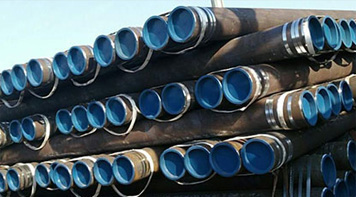 Eastern Steel Manufacturing Co.,Ltd not only improve product production and sales services, but also provide additional value-added services. As long as you need, we can complete your specific needs together.
Eastern Steel Manufacturing Co.,Ltd not only improve product production and sales services, but also provide additional value-added services. As long as you need, we can complete your specific needs together.
